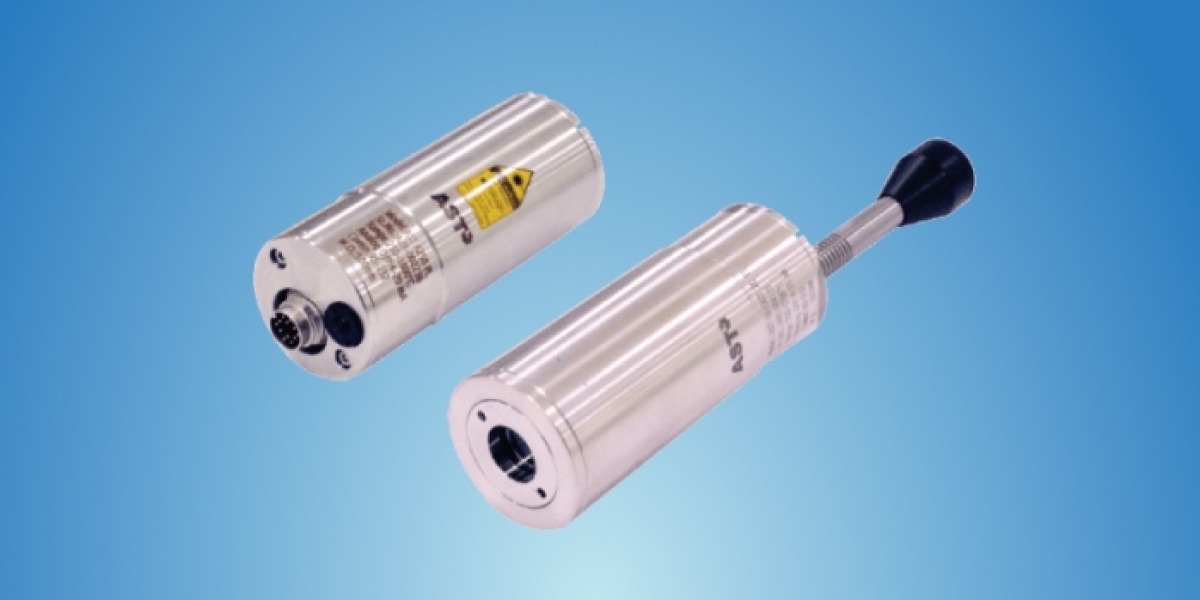Introduction
Temperature measurement is a critical aspect in various industrial and scientific settings. From manufacturing processes to laboratory research, the accuracy of temperature readings can significantly impact outcomes. Among the numerous tools available, radiation pyrometers, thermocouples, thermistors, and infrared cameras are widely used. This blog post aims to compare these tools, focusing on their strengths and limitations, to help you choose the right one for your needs.
Understanding Radiation Pyrometers
A radiation pyrometer is an instrument used for non-contact temperature measurement. It works by identifying the infrared radiation emitted by an object and converting it into a temperature reading. This feature makes it particularly useful in situations where direct contact with the object is not possible or practical. Given their non-invasive nature, radiation pyrometers find applications in industries like metallurgy, glass-making, and semiconductor manufacturing.
Exploring Alternative Tools
Thermocouples: These sensors measure temperature based on the voltage generated at the junction of two different metals. They are renowned for their robustness and wide temperature range.
Thermistors: These temperature-sensitive resistors offer high precision and a rapid response to temperature changes, albeit within a limited range.
Infrared Cameras: Operating on a similar principle as radiation pyrometers, these cameras provide thermal images and are used in applications ranging from building inspections to medical diagnostics.
Comparative Analysis
Accuracy and Range: While radiation pyrometers offer a broad temperature range, thermocouples excel in extreme conditions. Thermistors, though limited in range, provide higher accuracy.
Response Time: Radiation pyrometers often have a faster response time compared to thermocouples and thermistors.
Ease of Use and Installation: Infrared cameras and radiation pyrometers are relatively easy to use, requiring minimal contact and setup.
Durability and Maintenance: Thermocouples are more durable in harsh environments, whereas radiation pyrometers require careful calibration and maintenance.
Cost Implications: Infrared cameras tend to be more expensive, while thermocouples are a cost-effective solution for many applications.
Pros and Cons
Radiation Pyrometers:
Pros: Non-contact measurement, suitable for high temperatures.
Cons: Sensitive to environmental factors, relatively higher cost.
Thermocouples:
Pros: Durable, wide temperature range.
Cons: Direct contact required, less precise than other types.
Thermistors:
Pros: High accuracy, rapid response.
Cons: Limited temperature range.
Infrared Cameras:
Pros: Visual representation of temperature, non-contact.
Cons: High initial cost, requires training for interpretation.
Choosing the Right Tool for Your Needs
When selecting a temperature measurement tool, consider the environment, required accuracy, and budget. A radiation pyrometer is ideal for high-temperature applications where contact is not feasible. For rugged environments and a wide range, thermocouples are preferable. Thermistors are best for precision in controlled environments, while infrared cameras are suitable for detailed thermal imaging.
Future Outlook and Technological Advancements
The field of temperature measurement is constantly evolving. New types of pyrometers and advancements in sensor technology continue to enhance accuracy and usability. Staying updated with these trends is crucial for making the best choice.
Conclusion
Each temperature measurement tool has its unique set of strengths and weaknesses. Understanding these can assist you make an informed decision that aligns with your requirements. Whether you opt for a radiation pyrometer, a thermocouple, a thermistor, or an infrared camera, the key is to balance functionality with practicality.









